The 1980s gave us some of the most unforgettable music and larger-than-life personalities of any era. These stars blazed across our TV screens on MTV, dominated radio airwaves, and sold out stadiums worldwide. But the harsh reality of fame is that sometimes, the spotlight doesn’t shine forever – even on those who seemed absolutely unstoppable during their peak.
1. Billy Squier
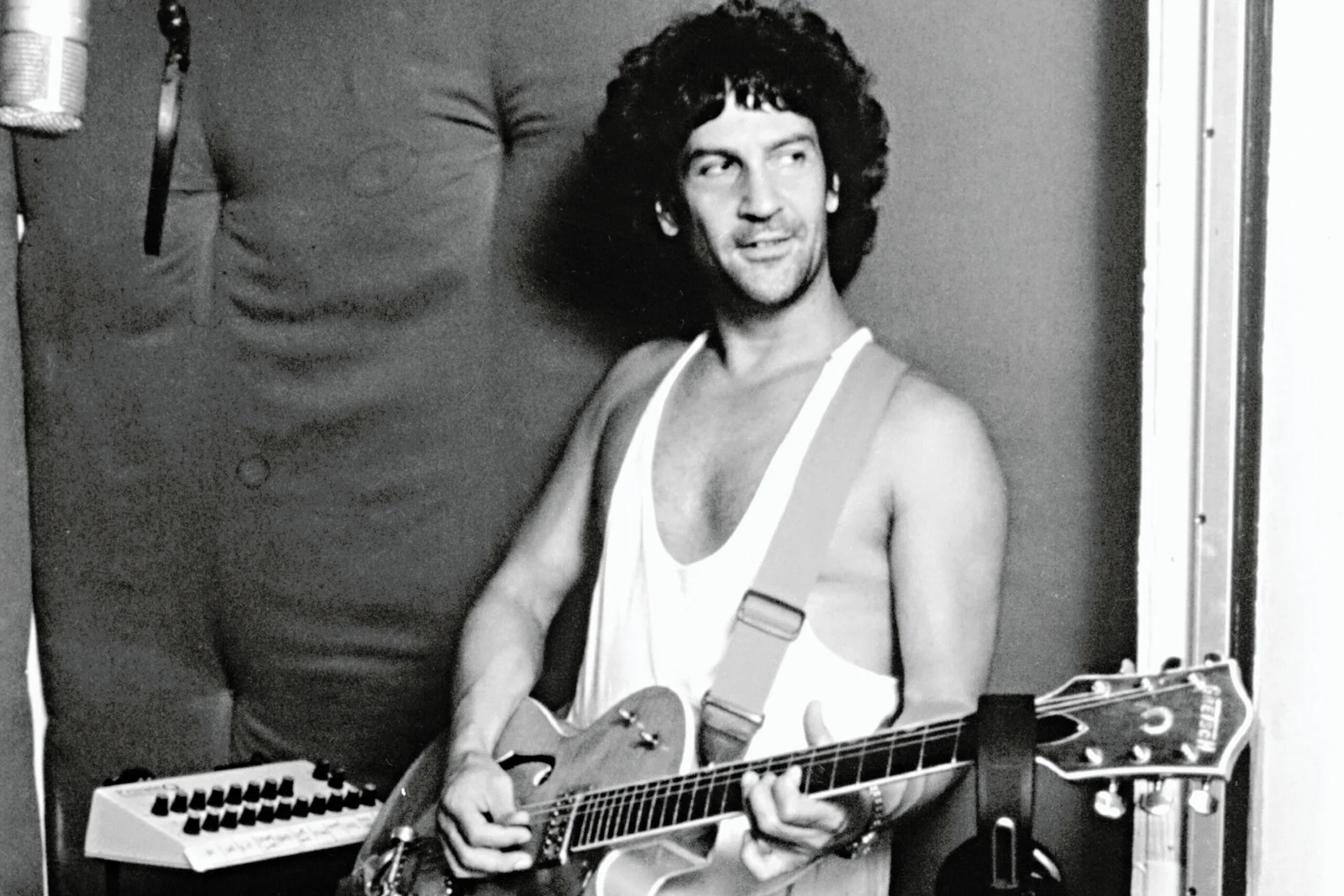
Billy Squier was riding high after his 1981 album “Don’t Say No” went triple platinum, establishing him as one of rock’s most promising stars with hits like “The Stroke” and “In the Dark.” His follow-up album “Emotions in Motion” continued his successful streak, cementing his status as an arena-filling rock icon with a powerful voice and catchy guitar hooks. Then came the music video for “Rock Me Tonite” in 1984, featuring Squier dancing around a bedroom in pink tank top – a visual presentation that alienated his predominantly male rock audience overnight. Remind also explores just what happened to Squier and his career.
The damage to Squier’s career was immediate and devastating, with ticket sales plummeting and his rock credibility severely compromised. He continued releasing albums through the decade, but never regained his former commercial success or cultural relevance. Today, Squier has largely stepped away from the music industry, occasionally performing but focusing more on personal pursuits like painting and environmental activism.
2. Terence Trent D’Arby
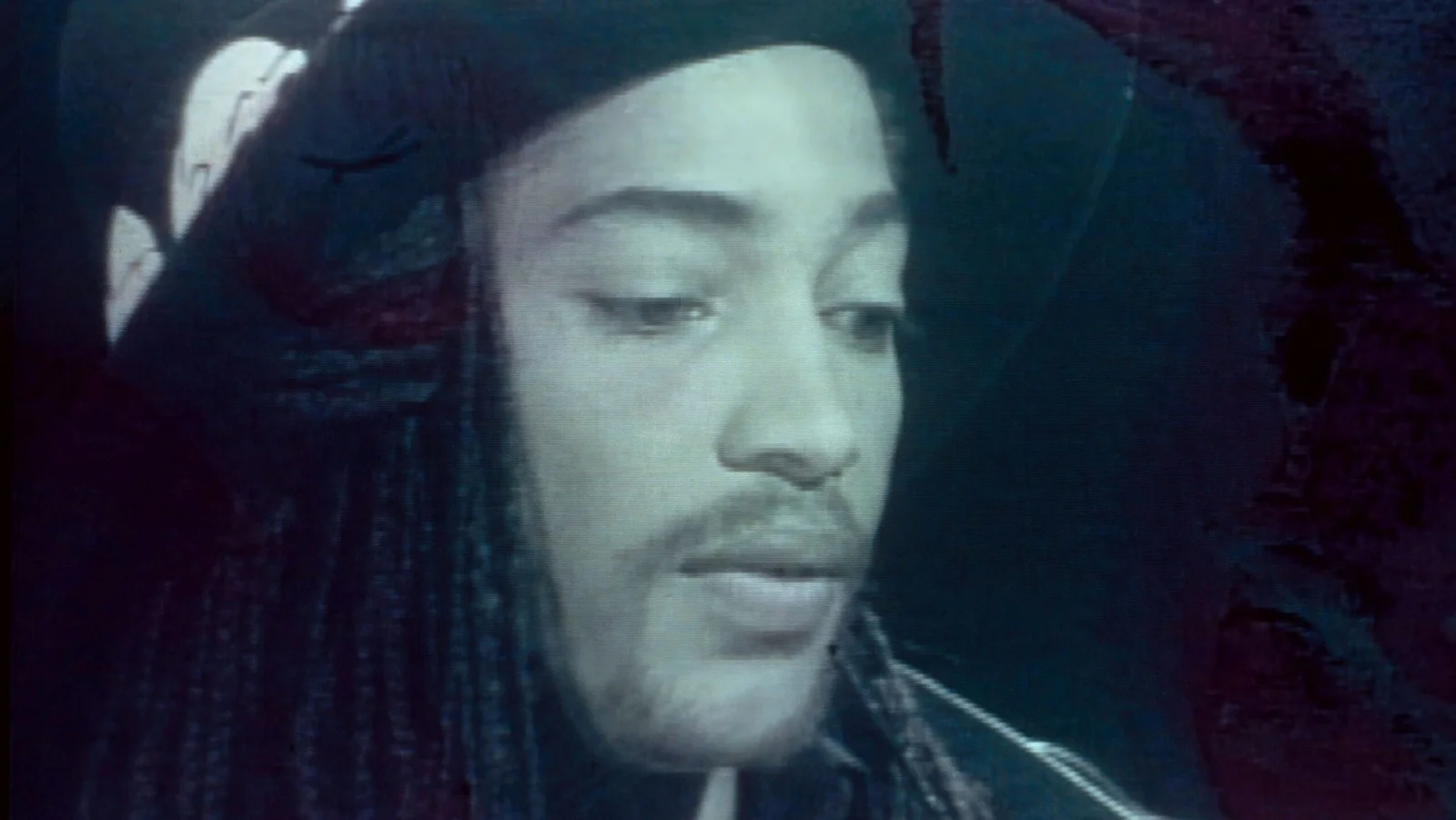
Terence Trent D’Arby burst onto the scene in 1987 with his debut album “Introducing the Hardline According to Terence Trent D’Arby,” which sold a million copies in just three days in the UK. His soulful voice, dance moves reminiscent of James Brown, and model-worthy looks led many critics to hail him as “the new Prince” or even “the next Michael Jackson.” His hit singles “Wishing Well” and “Sign Your Name” dominated charts worldwide, earning him a Grammy and setting expectations impossibly high for his future work. The New Yorker explores the highlights of what happened to D’Arby outside his highly documented musical triumphs.
When D’Arby’s experimental sophomore album failed to match his debut’s success, his relationship with his record label deteriorated rapidly. After several more commercially disappointing releases, he legally changed his name to Sananda Maitreya in 2001, citing a spiritual awakening and a desire to break from his past identity. Today, Maitreya continues to create music independently through his own label, releasing numerous albums that blend soul, rock and psychedelia, though with a fraction of his former mainstream recognition.
3. Men Without Hats
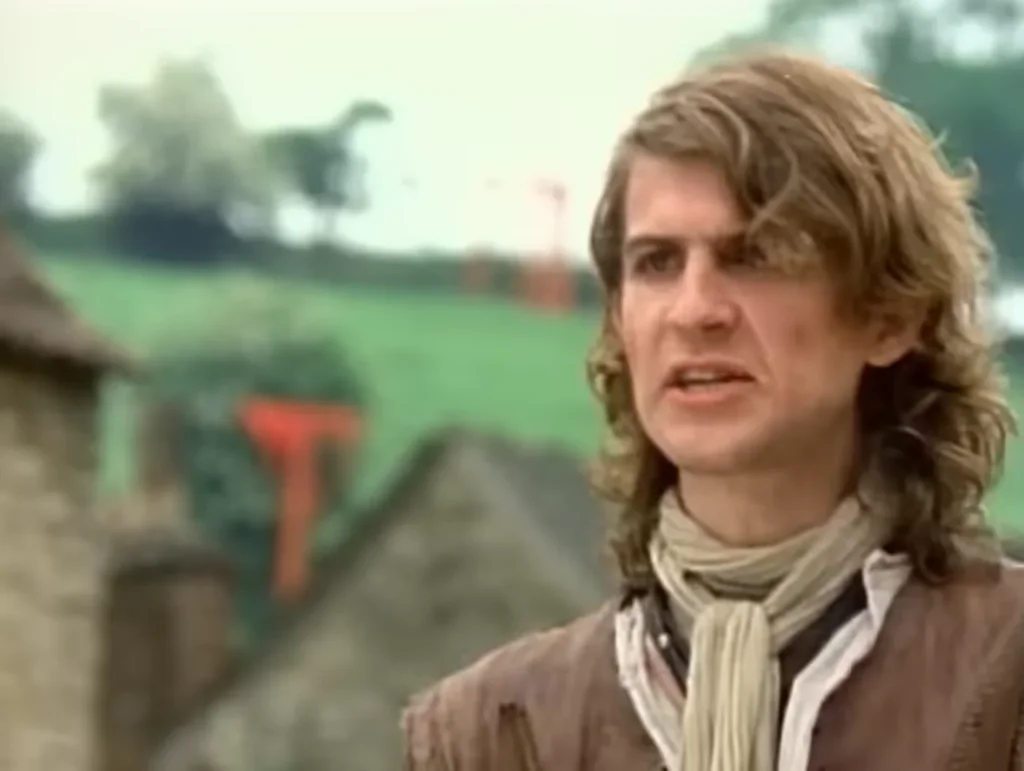
Men Without Hats achieved global fame with their infectious 1982 synthpop hit “The Safety Dance,” a song that became an instant classic with its catchy melody and quirky music video featuring medieval peasants dancing in the English countryside. The Canadian group, led by deep-voiced frontman Ivan Doroschuk, seemed positioned for long-term success when their follow-up single “Pop Goes the World” also charted internationally in 1987. However, the band’s momentum stalled dramatically when their subsequent albums failed to produce another hit of similar magnitude, despite maintaining their distinctive electronic sound. KTLA has exciting news for fans of this particular group.
By the early 1990s, the group had disbanded as musical tastes shifted away from their brand of quirky synthpop toward grunge and alternative rock. After years of inactivity, Doroschuk revived Men Without Hats in the 2010s, capitalizing on 80s nostalgia and the renewed interest in synthpop among younger generations. Today, they tour primarily on the retro circuit, playing their classic hits to audiences who still eagerly “dance if they want to” when those familiar synthesizer notes begin.
4. Thomas Dolby

Thomas Dolby became an overnight sensation with his 1982 new wave hit “She Blinded Me with Science,” which featured his distinctive synthesizer work and quirky persona as a mad scientist. His debut album “The Golden Age of Wireless” established him as one of the most innovative electronic musicians of the era, earning critical acclaim for its sophisticated blend of technology and musicality. Despite releasing follow-up albums with artistic merit, including “The Flat Earth” in 1984, Dolby struggled to replicate his initial commercial success in the United States.
By the late 1980s, Dolby’s presence on the charts had diminished significantly as musical trends evolved away from the synth-heavy sound he pioneered. In a fascinating career pivot, he founded a tech company called Beatnik Inc. that developed the polyphonic ringtone technology later used in billions of mobile phones worldwide. After his successful tech career, Dolby eventually returned to music in the 2000s, now serving as a professor at Johns Hopkins University while occasionally performing and recording new material.
5. Tiffany

Teen sensation Tiffany rocketed to fame in 1987 with her self-titled debut album and its chart-topping cover of “I Think We’re Alone Now,” becoming the youngest female artist to top the Billboard album charts. Her innovative marketing strategy of touring shopping malls across America created a phenomenon dubbed “mall mania” as thousands of screaming teens packed retail centers to see the flame-haired pop star. Her follow-up hits including “Could’ve Been” and “All This Time” suggested she had staying power beyond typical teen idols, but her star began to fade as quickly as it had risen.
By the early 1990s, changing musical tastes and the challenges of transitioning from teen to adult artist had significantly diminished Tiffany’s commercial appeal. She has persistently worked to reinvent herself over the decades, releasing country albums, appearing in reality TV shows, and even posing for Playboy in an attempt to shed her teen image. Today, Tiffany continues recording and performing, embracing her status as an 80s icon while touring nostalgia circuits and occasionally experimenting with new musical directions like heavy metal and electronic dance music.
6. A Flock of Seagulls
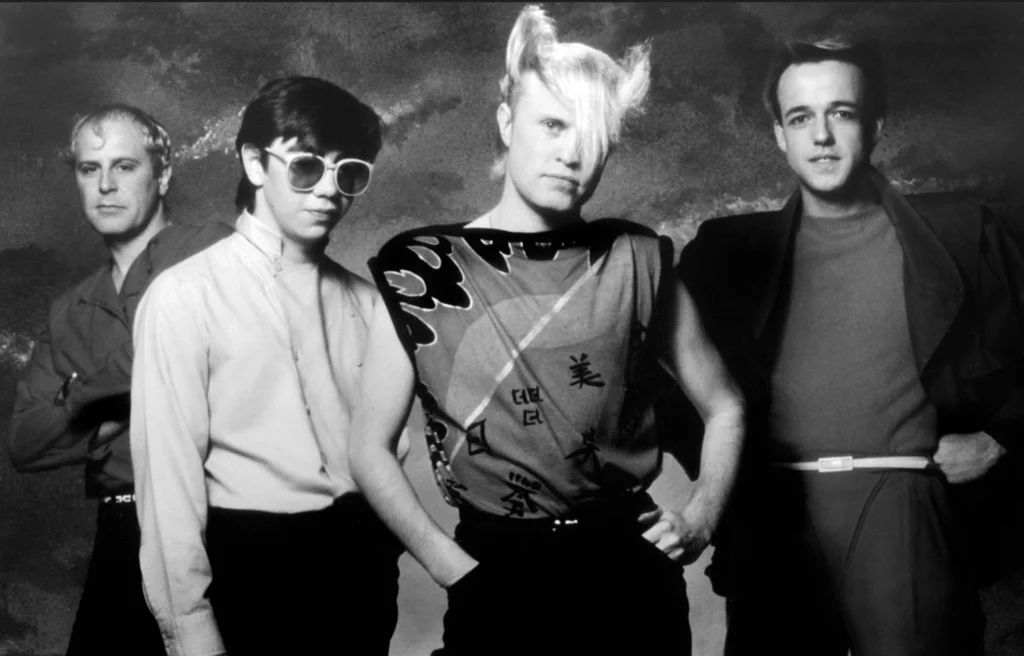
A Flock of Seagulls became one of the most visually distinctive bands of the early MTV era, with lead singer Mike Score’s elaborate waterfall hairdo becoming an instant cultural touchstone. Their 1982 hit “I Ran (So Far Away)” combined infectious synthesizer hooks with science fiction themes, helping define the new wave sound and aesthetic that dominated early music television. The band achieved further success with singles like “Space Age Love Song” and “Wishing,” suggesting they had the musical chops to outlast any dismissal as mere style over substance.
After their initial run of hits, the group’s commercial fortunes declined precipitously, with lineup changes and diminishing chart performance throughout the mid-1980s. Score continued touring under the band name with various musicians, often facing the challenge of being remembered more for his iconic haircut than for the band’s musical contributions. In recent years, the original lineup has occasionally reunited for special projects, including an orchestral album of their greatest hits in 2018, while Score continues to lead a version of the band that performs regularly on 80s nostalgia tours.
7. Debbie Gibson
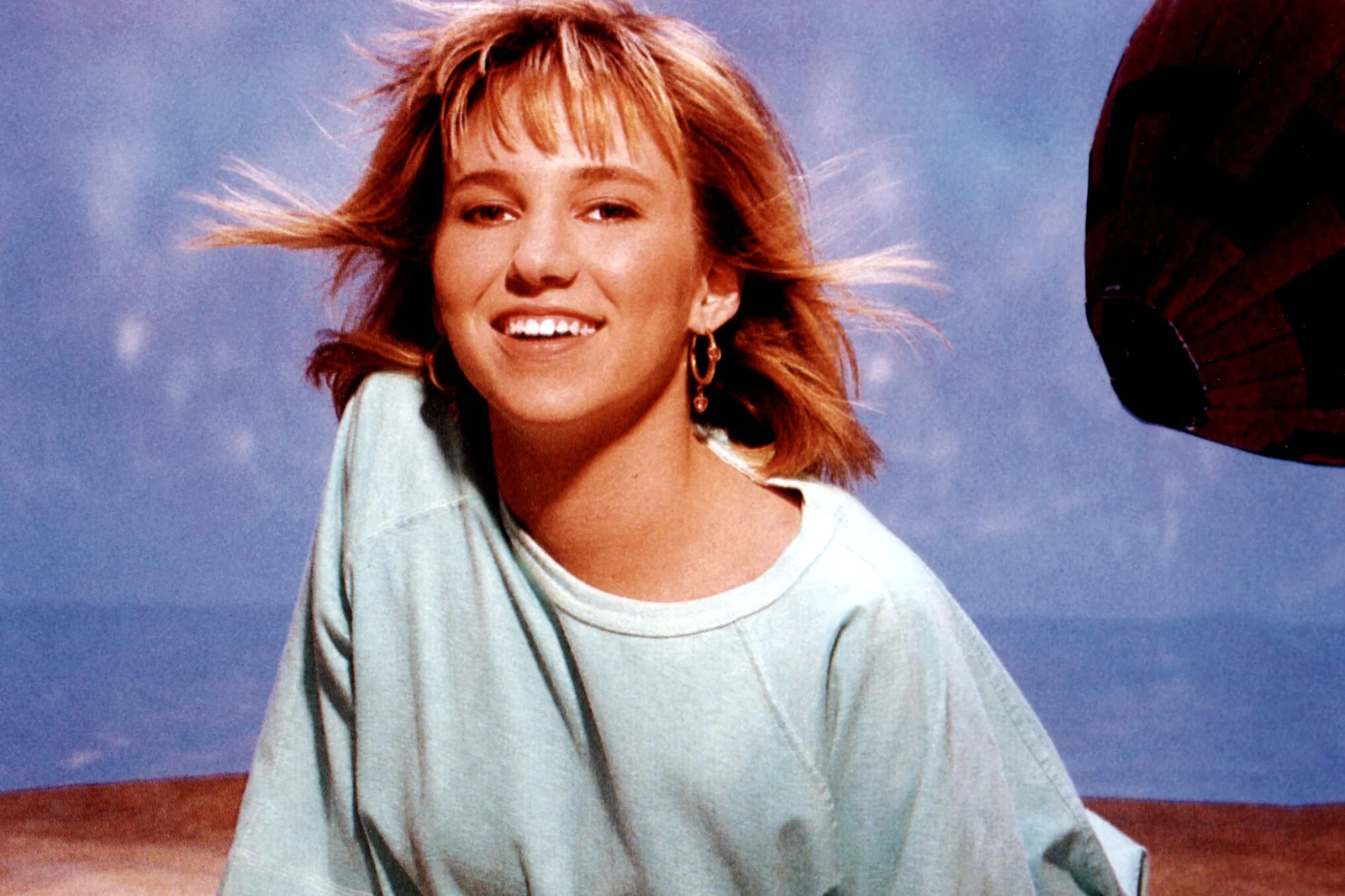
Debbie Gibson made history as the youngest artist to write, produce, and perform a #1 hit with “Foolish Beat” when she was just 17 years old in 1988. Her debut album “Out of the Blue” spawned multiple top-10 hits including “Only in My Dreams” and “Shake Your Love,” establishing her as a teen pop phenomenon with genuine musical talent beyond her years. Her follow-up album “Electric Youth” continued her success with its title track and the ballad “Lost in Your Eyes,” cementing her status as one of the biggest stars of the late 80s teen pop movement.
By the early 1990s, Gibson’s brand of wholesome pop fell out of favor as grunge and hip-hop transformed the musical landscape. She boldly pivoted to musical theater, earning critical acclaim for performances in Broadway productions like “Les Misérables” and “Beauty and the Beast,” demonstrating versatility beyond her pop origins. Today, Gibson continues to record occasionally, appears in reality television, and performs on nostalgic 80s tours, having gracefully accepted her place in pop culture history while exploring various creative avenues.
8. Rick Astley

Rick Astley’s rich, surprisingly deep baritone voice contrasted with his boyish looks when he burst onto the scene with 1987’s “Never Gonna Give You Up,” a worldwide #1 hit produced by the hit-making team Stock Aitken Waterman. His debut album “Whenever You Need Somebody” sold 15 million copies worldwide, producing additional hits like “Together Forever” and establishing Astley as a genuine pop phenomenon rather than a one-hit wonder. By 1993, Astley had grown tired of the music industry and stunned fans by retiring at the age of just 27, walking away from fame while still at a commercial peak.
After years away from the spotlight, Astley experienced an unexpected second wave of fame in 2007 when his signature hit became the center of the internet “Rickrolling” phenomenon, introducing him to a new generation. Rather than resenting this unusual revival, Astley embraced it with good humor, returning to recording and touring with a more mature sound that showcases his soulful voice. Today, Astley enjoys a respected career renaissance, with his 2016 album “50” reaching #1 in the UK and allowing him to perform at major festivals where audiences of all ages genuinely appreciate his music rather than treating him as a novelty act.
9. Lipps Inc.
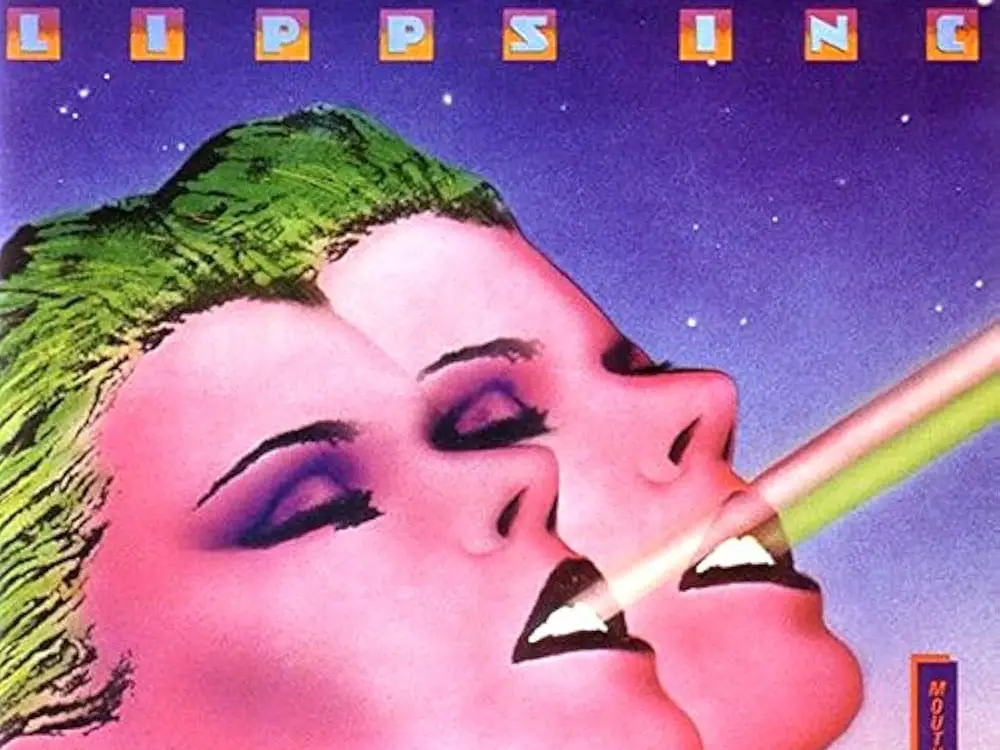
Lipps Inc. skyrocketed to global fame with their 1980 disco-funk anthem “Funkytown,” which topped charts in 28 countries and became one of the defining dance hits of the era. The Minneapolis-based group, fronted by powerful vocalist Cynthia Johnson, seemed poised to become disco royalty with their perfect blend of catchy hooks and dance floor energy. Despite the single’s massive success and its parent album “Mouth to Mouth” performing respectably, the group struggled to produce another hit of similar magnitude as disco rapidly fell out of favor in the early ’80s.
The group released several follow-up albums including “Designer Music” and “4,” but found themselves fighting against the powerful “disco backlash” that had overtaken American music. Founding member Steven Greenberg eventually disbanded the group in 1985, with Johnson pursuing solo projects and session work afterward. Today, “Funkytown” remains a staple of ’80s compilations and retro dance nights, while Greenberg occasionally licenses the Lipps Inc. name for performances featuring new vocalists at nostalgia events.
10. Kajagoogoo

Kajagoogoo shot to instant stardom with their debut single “Too Shy,” which topped the UK charts and reached the US Top 5 in 1983, making them overnight sensations with their distinctive new romantic styling and frontman Limahl’s memorable two-toned mullet. The band seemed destined for long-term success with their combination of good looks, catchy synth-pop, and the promotional muscle of their mentor Duran Duran’s Nick Rhodes, who produced their debut album “White Feathers.” In a shocking move, the band fired charismatic lead singer Limahl at the height of their fame due to personality conflicts, continuing as a four-piece while Limahl launched a solo career with the hit “Neverending Story.”
Both the reformed Kajagoogoo and solo Limahl struggled to replicate their initial success, with subsequent singles performing progressively worse on the charts. The band dissolved in 1985 after just three albums, though they eventually reconciled with Limahl for a reunion in the 2000s following appearances on VH1’s “Bands Reunited” program. Today, they occasionally perform at ’80s festivals, having made peace with their legacy as one-hit wonders who created one of the decade’s most instantly recognizable synth-pop classics.
11. Laura Branigan

Laura Branigan exploded onto the music scene in 1982 with her powerhouse version of the Italian disco song “Gloria,” which spent 36 weeks on the Billboard charts and established her as one of the strongest female vocalists of the decade. Her follow-up hits including “Self Control,” “Solitaire,” and “How Am I Supposed to Live Without You” showcased her remarkable vocal range and emotional delivery, cementing her status as a reliable hitmaker throughout the mid-’80s. By the late ’80s, Branigan’s commercial appeal began to wane despite continued quality releases, as the music industry shifted toward younger pop acts and dance-oriented productions.
Branigan stepped back from recording in the early ’90s to care for her husband, who had been diagnosed with colon cancer and passed away in 1996. She began a gradual return to performing in the early 2000s, with plans for new recordings and a more active touring schedule when tragedy struck. Sadly, Branigan died suddenly in 2004 from a previously undiagnosed brain aneurysm at just 52 years old, cutting short what many believed could have been a significant career comeback. Her signature song “Gloria” experienced an unusual revival in 2019 when the St. Louis Blues hockey team adopted it as their unofficial anthem during their Stanley Cup championship run, introducing her powerful voice to a new generation.
12. Animotion

Animotion conquered the charts in 1985 with their synth-pop smash “Obsession,” a seductive duet between vocalists Astrid Plane and Bill Wadhams that became one of the decade’s most iconic hits. The band’s theatrical image, complete with avant-garde fashion and dramatic music videos, perfectly captured the excess and visual flair of the mid-’80s MTV era. Their follow-up single “Let Him Go” achieved modest success, but the band struggled to escape the shadow of their massive breakthrough hit despite releasing quality material throughout the mid-’80s.
In a controversial move, their record company essentially replaced the entire original band for 1989’s “Room to Move,” recruiting new vocalists while keeping the Animotion name, which resulted in another hit but created lasting confusion about the group’s identity. The original lineup eventually reunited in the 2000s, performing at retro festivals and releasing new material in 2016, embracing their place in ’80s music history. Today, “Obsession” remains a quintessential ’80s anthem, regularly featured in period films, television shows, and compilation albums that celebrate the distinctive sound and visual aesthetic of the decade.
13. Falco
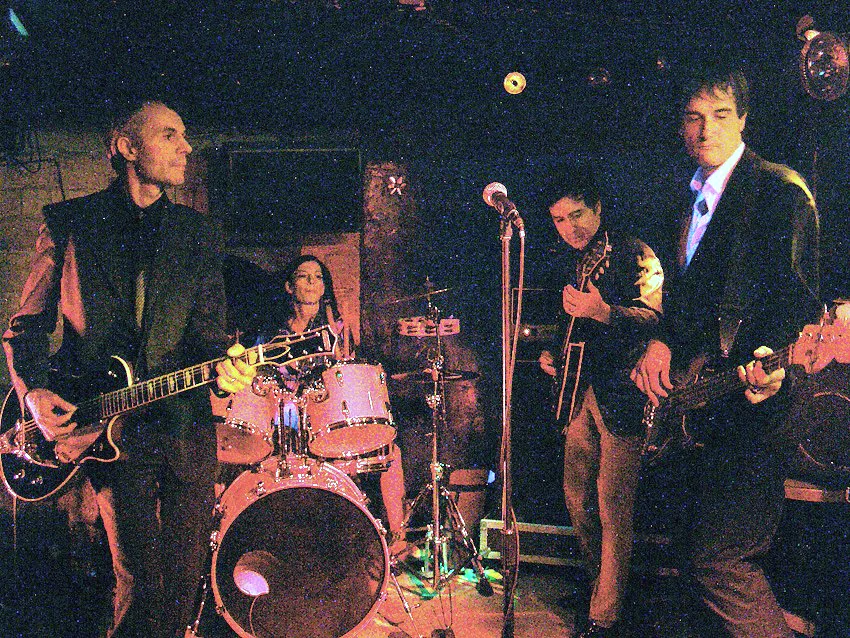
Falco became an international star in 1985 when his song “Rock Me Amadeus” topped charts in more than a dozen countries, including the United States where he became the first and only German-speaking artist to reach #1 on the Billboard Hot 100. His theatrical style, slick production, and mix of German and English lyrics made him stand out from other pop acts of the decade. With additional hits like “Vienna Calling” and “Der Kommissar,” Falco looked poised to enjoy a long global career.
However, he struggled to maintain his success outside of Europe as musical tastes shifted in the late ’80s. While he remained a star in Austria and Germany, his U.S. visibility quickly evaporated. Tragically, just as he was preparing for a comeback in the late ’90s, Falco died in a car accident in the Dominican Republic in 1998 at age 40. Despite his relatively short career, “Rock Me Amadeus” continues to ensure his place in pop culture.
14. Cutting Crew

Cutting Crew shot to fame with their 1986 hit “(I Just) Died in Your Arms,” a soaring pop-rock ballad that became a worldwide smash and topped the Billboard Hot 100. The British band, fronted by singer Nick Van Eede, suddenly found themselves with international exposure, heavy MTV rotation, and major arena opportunities. Their debut album Broadcast looked like the beginning of a long career in the spotlight.
Unfortunately, the band’s follow-up singles like “I’ve Been in Love Before” and “One for the Mockingbird” did not have the same staying power, and by the early ’90s, they had faded from mainstream attention. Cutting Crew officially disbanded in 1993, though Van Eede later revived the name with new musicians for touring. Today, they are remembered primarily for their one massive hit, which remains a staple of ’80s playlists.
15. Bow Wow Wow
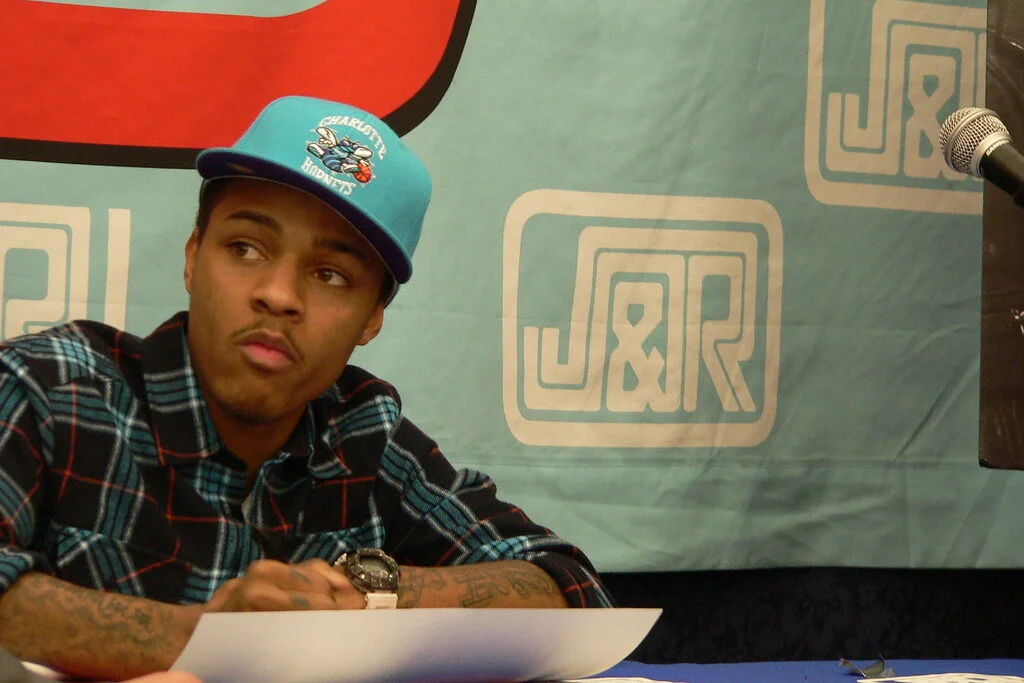
Bow Wow Wow brought punk energy and new wave style together, led by charismatic teenage singer Annabella Lwin. Discovered and assembled by former Sex Pistols manager Malcolm McLaren, the band made headlines as much for their controversies as for their music, including the provocative album cover for See Jungle! See Jungle!. Their 1982 single “I Want Candy” became their signature song, receiving heavy MTV airplay and cementing them as part of the early ’80s new wave scene.
Despite their bold image, Bow Wow Wow never replicated the chart success of “I Want Candy.” Creative disagreements, shifting lineups, and the challenges of managing a band built on controversy all contributed to their quick fade from the mainstream by the mid-’80s. Annabella Lwin later pursued a solo career with modest success. Today, Bow Wow Wow’s influence is still felt, with “I Want Candy” enduring as a quintessential slice of MTV-era pop.
16. Mister Mister
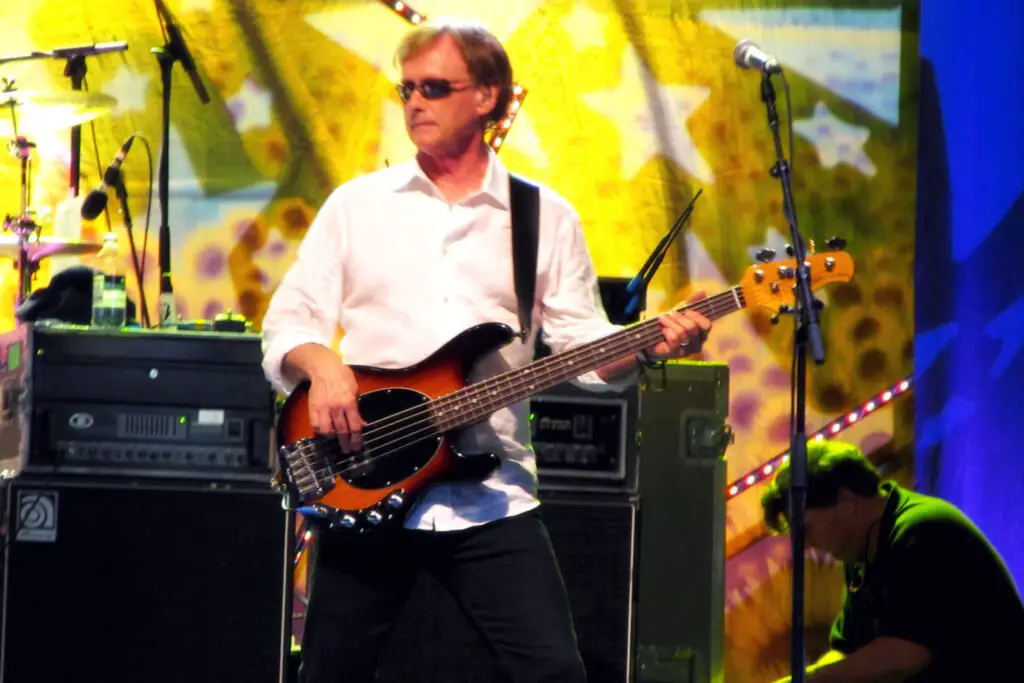
Mister Mister became one of the defining pop-rock acts of the mid-’80s with their 1985 album Welcome to the Real World, which produced two #1 singles: “Broken Wings” and “Kyrie.” The group’s polished sound, soaring melodies, and spiritual undertones made them radio staples, and for a brief moment they were among the biggest bands in the world. Their arena tours and Grammy nominations suggested a bright future.
Yet their follow-up album Go On… failed to generate similar hits, and by 1989, they had essentially disappeared from the charts. Internal tensions and changing musical trends hastened their breakup. Lead singer Richard Page went on to work as a songwriter and background vocalist for artists like Madonna and Celine Dion, while also turning down an offer to join Toto. Mister Mister remains locked in the public memory as one of the era’s most classic one-album wonders.
17. Fine Young Cannibals
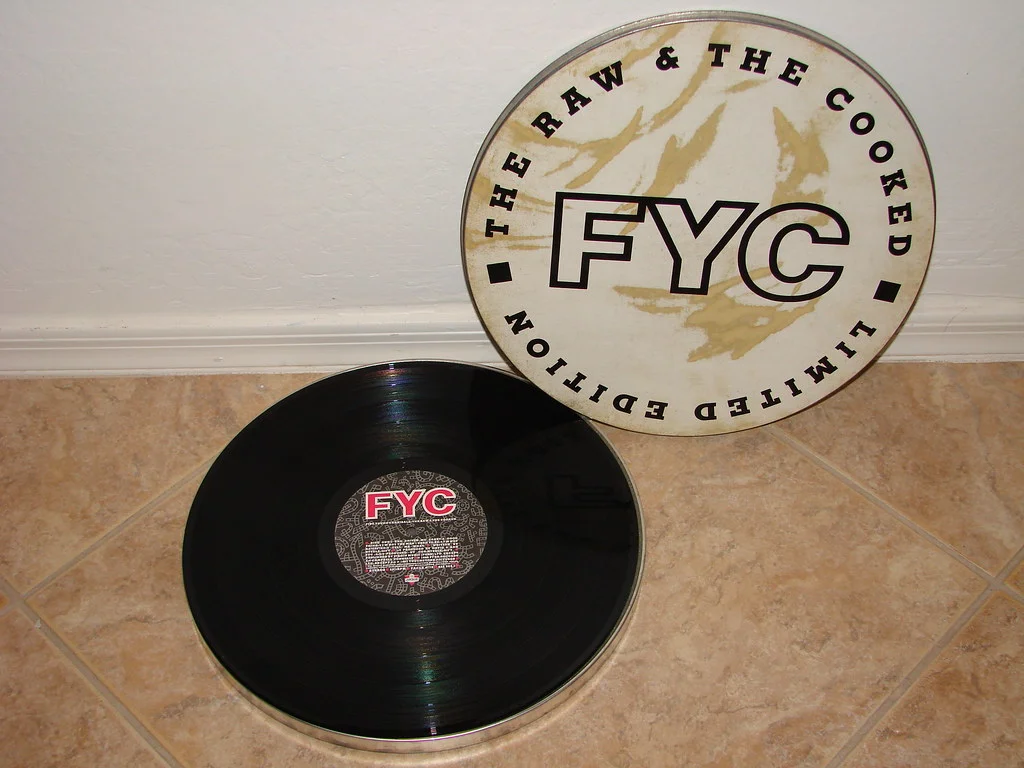
Fine Young Cannibals became a household name in 1989 with their smash album The Raw & the Cooked, which included #1 hits “She Drives Me Crazy” and “Good Thing.” Fronted by Roland Gift, whose distinctive falsetto instantly set them apart, the British band seemed destined for longevity as their songs dominated radio and MTV. Their stylish videos and unique sound helped them cross genres from pop to R&B to alternative.
Surprisingly, the band disbanded at the peak of their success in the early ’90s. Gift pursued acting and a modest solo career, but never achieved the fame he had as frontman. Despite their short run, the group’s two biggest hits remain firmly embedded in ’80s and ’90s pop culture, frequently heard in films, commercials, and playlists that keep their legacy alive even though their moment in the spotlight was brief.
18. Taylor Dayne
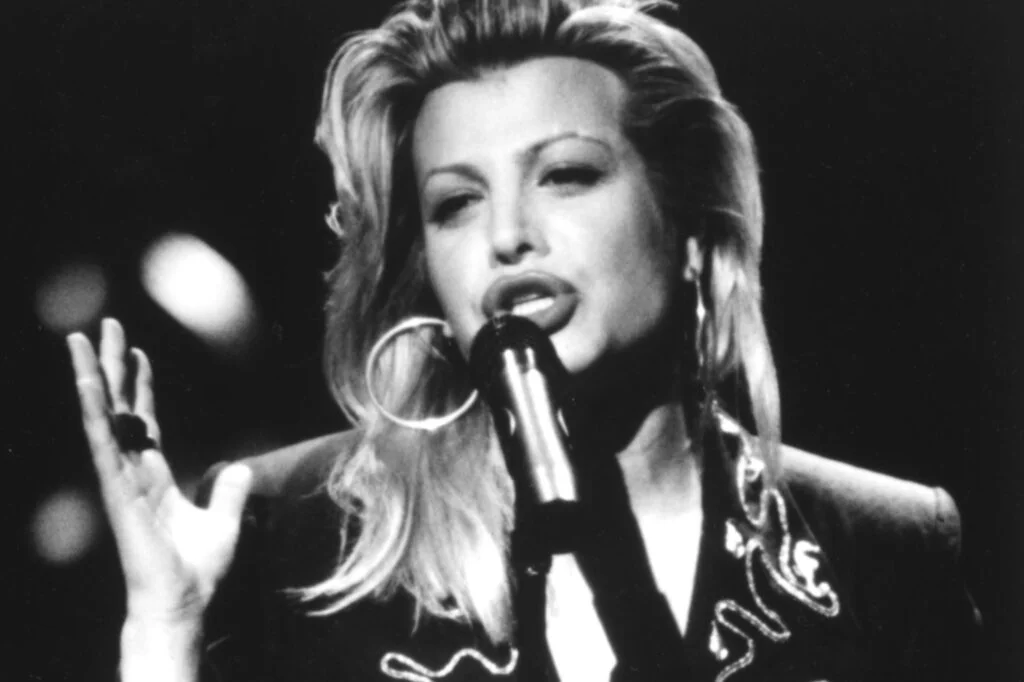
Taylor Dayne stormed the charts in 1987 with her breakout single “Tell It to My Heart,” a high-energy dance-pop anthem that became an international hit. Her powerful, soulful voice made her stand out from other pop singers of the time, and she followed it up with more top-10 hits like “Prove Your Love,” “I’ll Always Love You,” and “Love Will Lead You Back.” By the early ’90s, Dayne had earned multiple platinum records and was considered one of the era’s most consistent hitmakers.
As the decade wore on, though, changing tastes in pop music and the rise of grunge and hip-hop pushed her brand of dance-pop off the radio. Dayne continued releasing albums into the 2000s and found steady work in musical theater and television, but her mainstream stardom never returned to the heights of her late ’80s run. Today, she performs regularly on nostalgia tours, and her early hits still resonate as staples of ’80s pop playlists.
The music industry has always been notoriously fickle, with careers rising and falling faster than the tempo of a drum machine on a dance track. While these artists may no longer command the airwaves like they once did, their contributions to music history remain indelible – each representing a unique moment in time when their sound and image perfectly captured the cultural zeitgeist. Whether enjoying comfortable retirement, playing smaller venues, or reinventing themselves entirely, these former superstars remind us that fame may be fleeting, but great songs truly do live forever.



